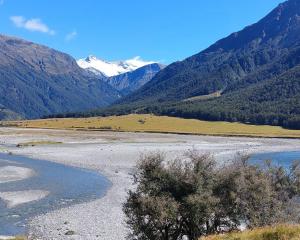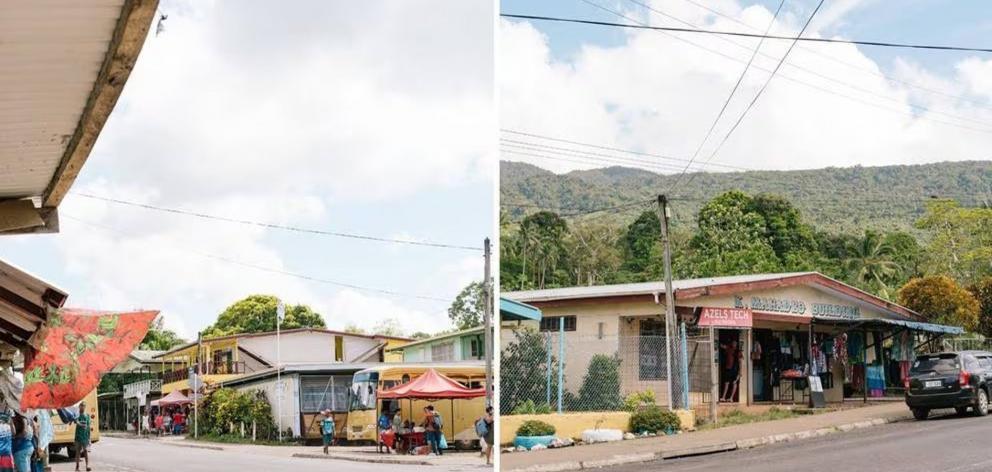
I have many treasured memories of Bali travels, but one image I can’t scrub from my mind is of a waterfall, or more accurately, the winding line of tourists (some clutching full camera-tripod setups) queuing for a turn in the spray.
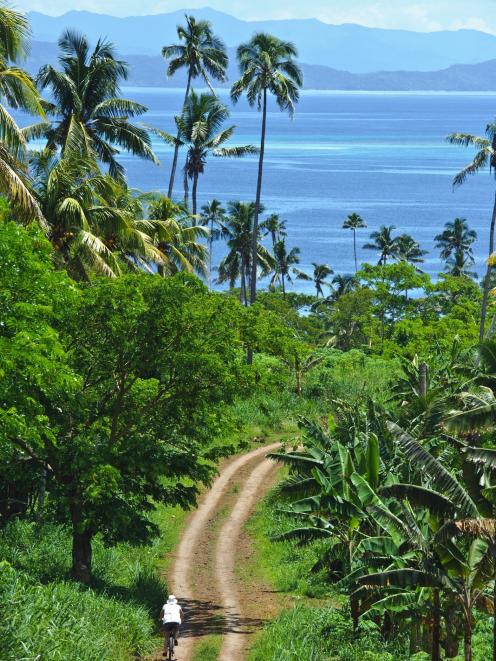
It wasn’t the only place in Bali overwhelmed by photo-obsessed sightseers, and Bali isn’t the only country facing this issue. So, what’s a traveller to do? I don’t recommend dismissing entire countries or cities (these places are famous for good reason), but it is worth setting aside time to travel further afield, to destinations crowds don’t bother venturing to.
Taveuni Island, in Fiji, is one such place. It is located 300km northeast of Denerau, and one can fly or ferry there or, for optimum ease, board a small expedition cruise ship for a seven-night journey around Fiji’s most remote and remarkable northern islands.
After enjoying the view of the island from the cruise ship, our group of 20 board a fleet of little black Zodiacs and zoom to shore. There, an open-air bus waits to take us through stretches of lush greenery — Taveuni’s nickname (Garden Island) makes perfect sense. Elbow hanging out the window, I grin into the cool wind that rushes deliciously against my sweaty face. Looking out, vignettes of island life zip past; children playing in a stream while a mother washes clothes, untethered horses hiding between trees, elderly men sitting around the porch of a wooden fale. A quick 40 minutes later, we arrive at a sign for Bouma National Heritage Park and step down on to the dusty dirt road.
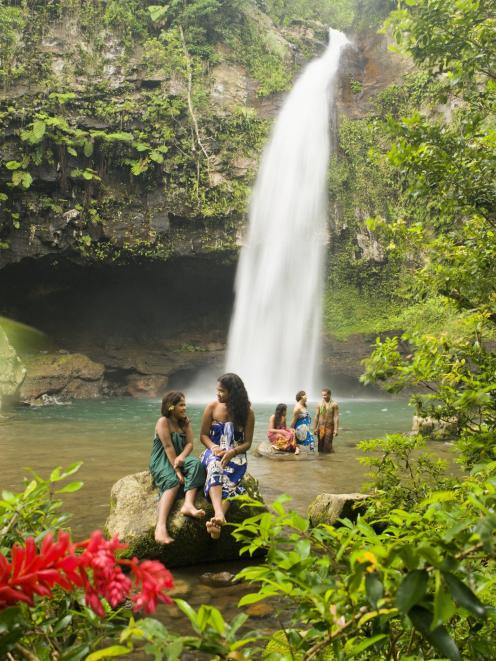
We hear the fall before we see it; the unmistakable rush of water hitting water that echoes between the leafy surrounds. Turning a corner, it comes into view: the stony shallow estuary, the massive pool of water, the amphitheatre of mossy rock walls over which water tumbles — and not a single other person in sight.
The sight is postcard-perfect, the kind of view one sees on Instagram but this time there is no crowd hiding behind the photographer. Aside from the 28-degree heat and balmy water, it’s not far off the mountain waterfalls one finds in the Waitākere ranges, with a wall of dense ferns, clear water and, owing to its distance from other "hotspots", blissfully empty.
After savouring the sight, we quickly strip down to our swimwear and wade into the water. One of the guides suggests clambering up the rocks, around behind the falls where we can three, two, one, jump into the water below. Again and again, we climb and leap, until everyone drops off to bake in the sunny shallows and watch the guides take turns.
Time elasticises under the sun and sometime later we pack up and return to the park entrance, where a complete picnic lunch awaits on two tables under a large wooden gazebo. Accompanied by the acoustic melodies of Manasa, the cruise entertainer and human jukebox, we plate up bread rolls, curries, salads and sweet treats and sit back on benches to enjoy the delicious blend of warm air, fresh food and live music.
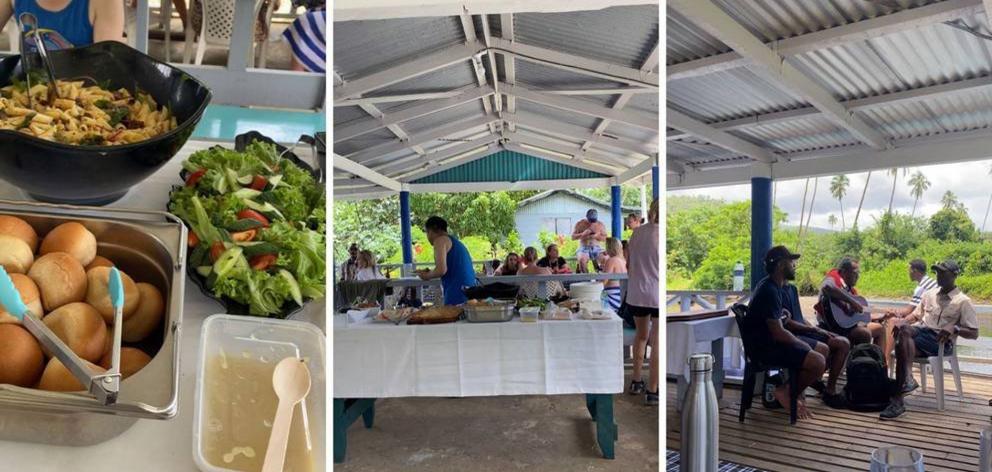
Located far from an already little-used track, beside an empty field-turned-football field, the attraction is, — like the Tavoro Waterfall — totally deserted, meaning we are free to take our time reading the information sign and posing for pictures, with one foot in today and the other in tomorrow.
On the way back to our Zodiacs, we stop by Wairiki Catholic Mission to explore a 134-year-old church established by the Marist Fathers in 1889. Like most Catholic churches, the Roman-style building is decorated with dozens of biblical scenes and figures as statues and stained glass windows, paintings and wooden carvings. But, unlike most Catholic churches, there is not a single pew in sight; in Fiji, congregations sit cross-legged on the floor.
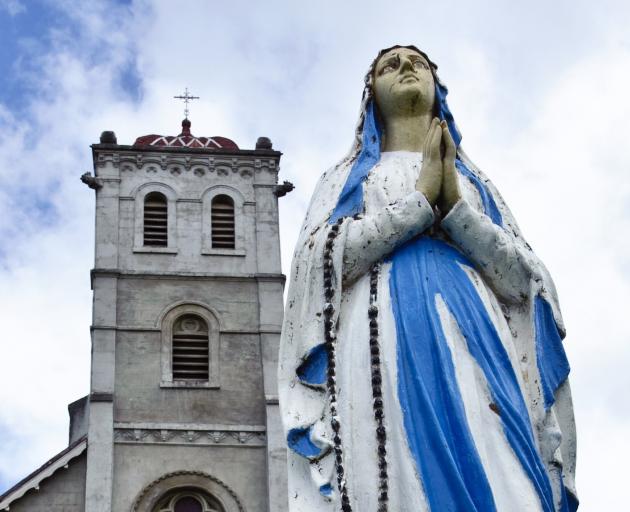
Back on the ship, we shower off the sweat of the day, dress up in our most colourful outfits and Zodiac back to the island, this time bound for Naselesele, a small coastal village where we’ve been invited for an evening of dance, food and, of course, kava.
The sky melts from blue to orange and dark, dusty pink as we pull on to a soccer field, bordered by a large barn-like building where a crowd of children have gathered, giggling and waving. Slipping off sandals, we walk inside and take a seat facing the children as well as older men and women from the village and, most importantly, the chiefs.
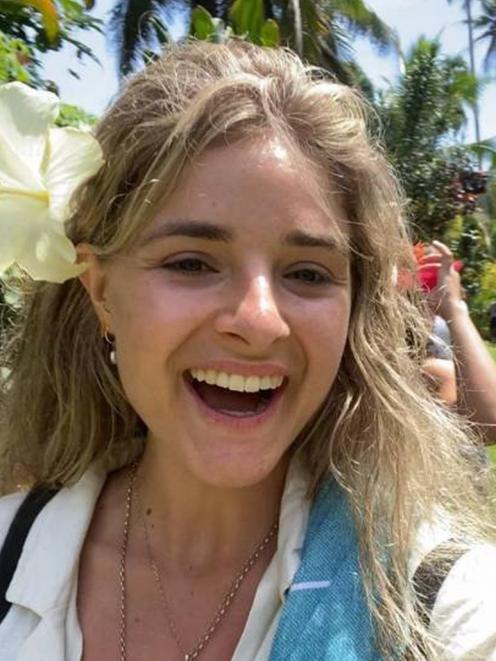
More info
Getting there:
Fiji Airways and Air New Zealand fly directly from Auckland to Nadi.
Details:
Captain Cook Cruises Fiji’s seven-night Remote North Discovery cruise is set to sail every one to two months in 2024. Prices start at $8221.49 per person for a two-person standard suite or $12,332.78 for a single standard suite.
captaincookcruisesfiji

